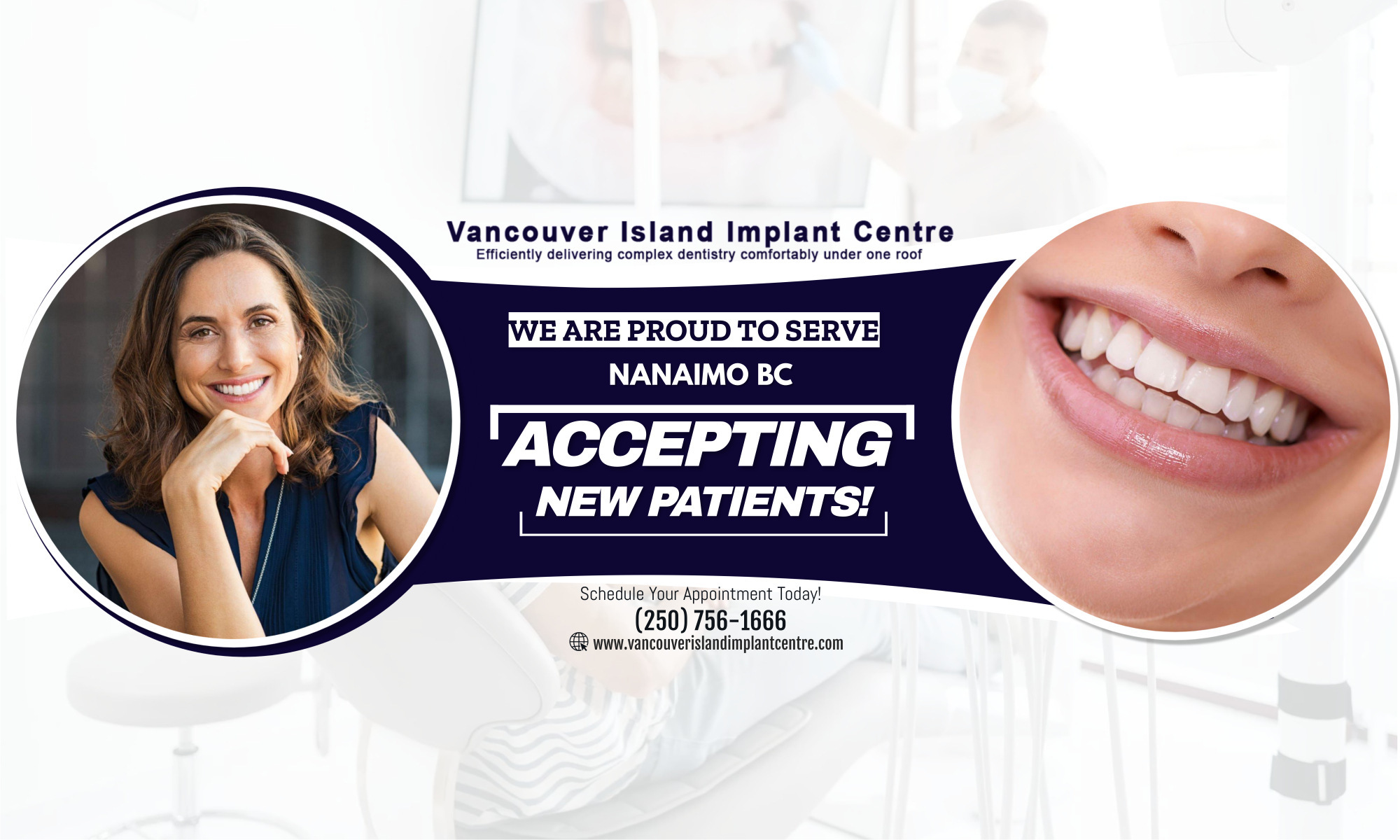When buying dental products, it’s a good idea to look out for the American Dental Association (ADA) Seal of Acceptance.
The first Seal of Acceptance was awarded in 1931 and it’s regarded as an important symbol of a dental product’s safety and effectiveness.
Although the Seal program is strictly voluntary, approximately 100 companies participate in it and they commit significant resources to testing their products in clinical and laboratory conditions.
More than 300 consumer dental products carry the Seal of Acceptance. These include toothpaste, dental floss, manual and electric toothbrushes, mouth rinse and chewing gum.
You can get more information about the seal and how it is awarded for specific products at http://www.ada.org/ada/seal/
This site also contains links to the most current lists of accepted consumer products.
